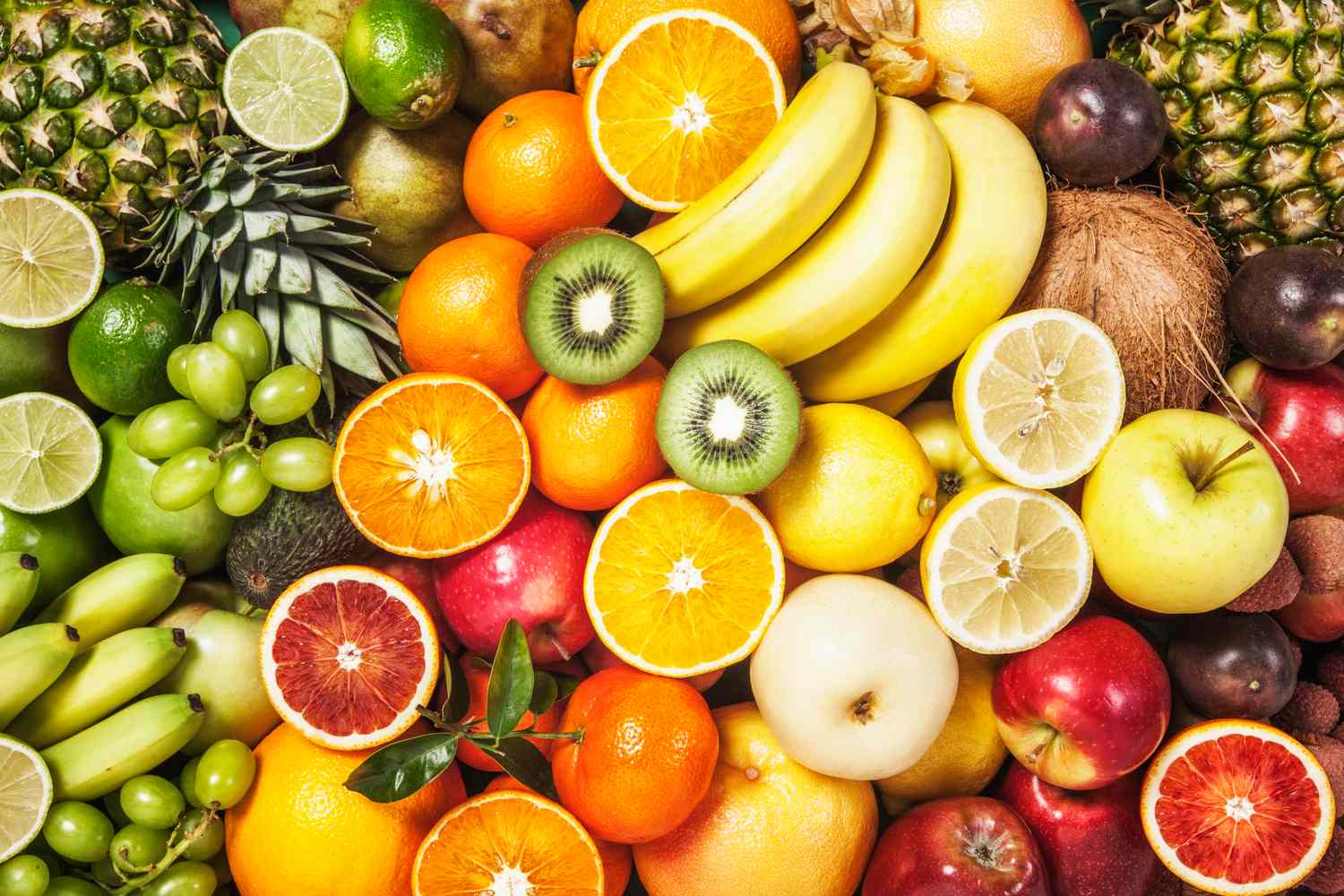We eat the peels of apples and grapes without even thinking, while many of us would balk at snacking on an unpeeled kiwi, even though it’s totally edible. In fact, the following fruits are typically peeled but are actually fine to eat. And as a bonus to preventing food waste, the peel often contains extra nutrients.
Mango
The skin is a great source of vitamins C, E, and fiber. Although this is more than you’d eat at home, for context, studies show 10 grams of peel contains between 36 and 78 grams of fiber. Due to its nutritional properties, food scientists are exploring the possibility of creating a powder from mango peel that can be added to bakery products, pasta, and jellies. That said, some people can have allergic reactions to the peel, so it’s best not to try it if you haven’t taken an allergy test.
Banana peel
You may not realize that the yellow exterior is used for cooking in some countries around the world. In fact, Nigella Lawson even has a banana skin curry recipe, which became internet famous. And the skin is loaded with soluble fiber, antioxidants, and micronutrients.
Kiwi
The little fruit can help keep you regular, especially if you keep the skin on. Studies show that eating two kiwi fruit daily can increase stool frequency and help with mild constipation. For more fiber, which is important for bowel movements, eat the kiwi whole. Can’t take the fuzzy skin? Try the gold kiwi, which has a smooth exterior. Eating the skin on a gold kiwi can increase fiber content by up to 50 percent.
Watermelon
Before tossing those rinds in the trash, consider this: Watermelon rinds contain citrulline, a compound that helps regulate blood pressure, as well as antioxidants and minerals such as calcium, magnesium, potassium, and iron. In fact, pickled watermelon rind is a Southern delight.
Winter Squash
Hate peeling squash? Well, you don’t have to! The exterior may be tough, depending on the type you choose, but it is edible, according to the USDA. Research on butternut squash has found that the skin is rich in antioxidants. Squash skin typically becomes tender after cooking, particularly when you choose acorn or delicata squash.
What to Know Before Eating Fruit and Vegetable Skins
Produce can be contaminated with bacteria and pesticides, so it’s important to thoroughly wash your fruits and vegetables. The FDA recommends holding them under running water for at least 30 seconds while gently rubbing. According to the United States Environmental Protection Agency (EPA), rinsing helps reduce pesticides, but it does not eliminate them. The organization’s data shows that the remaining residue is found at levels far lower than what is considered a health risk.

